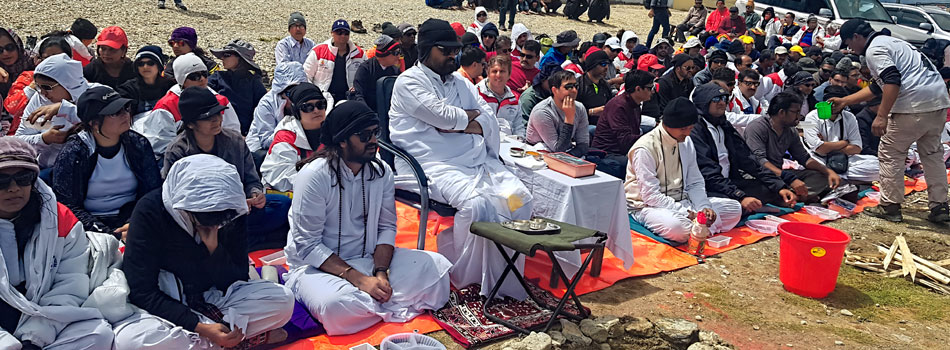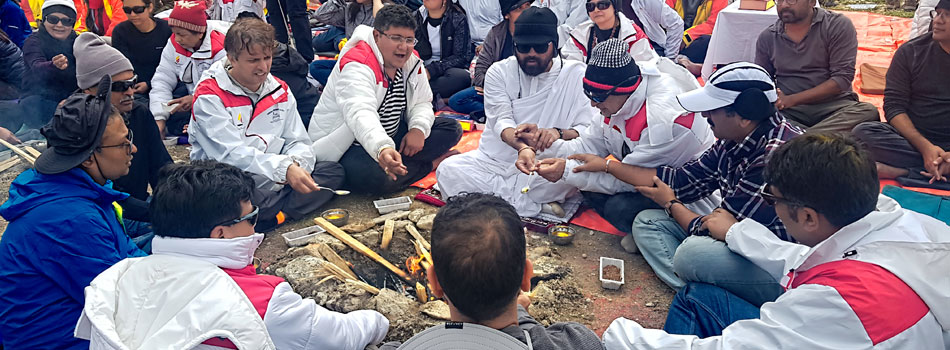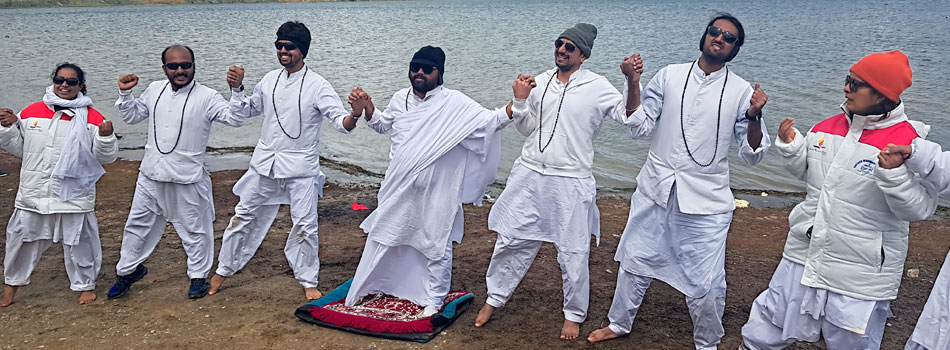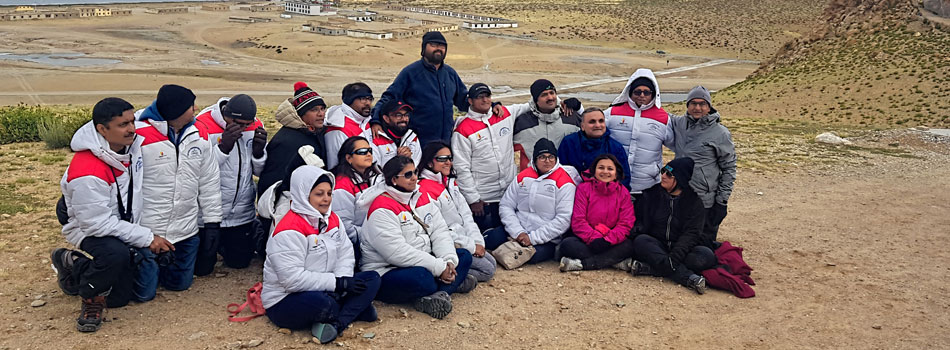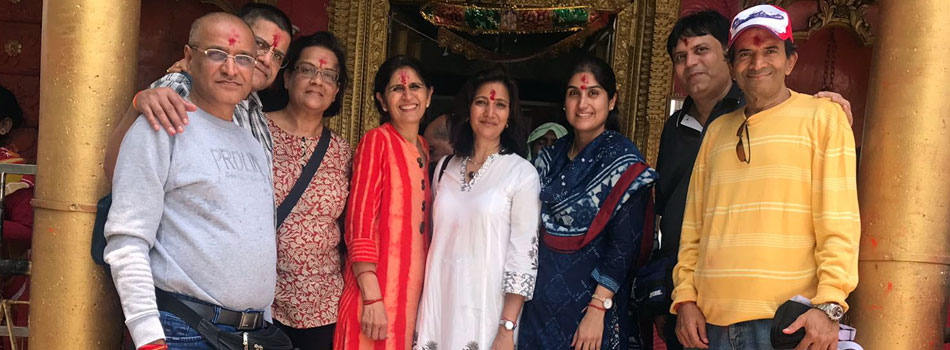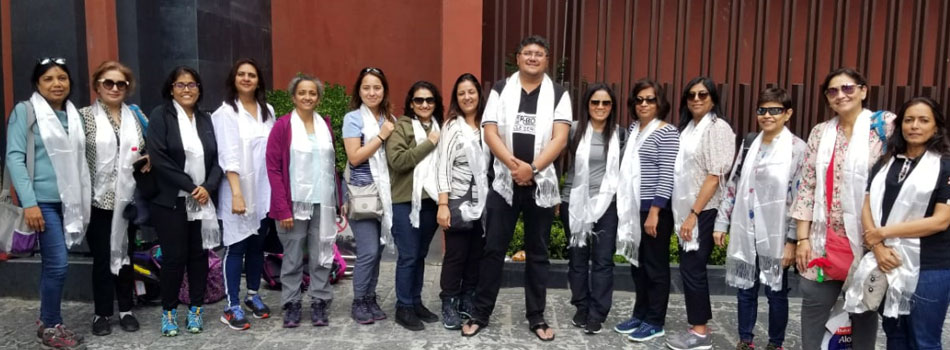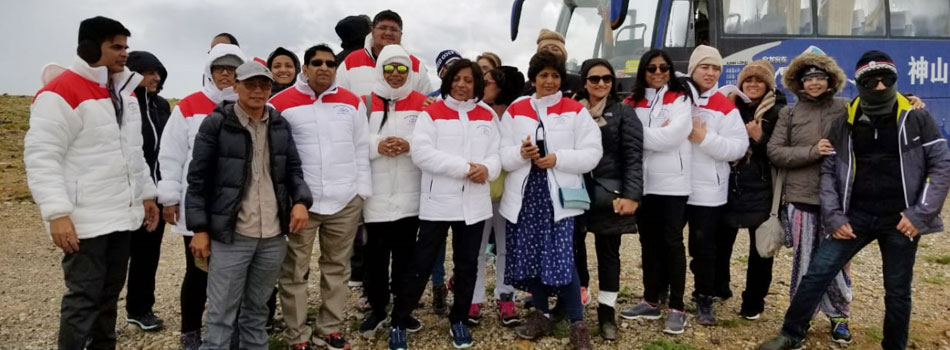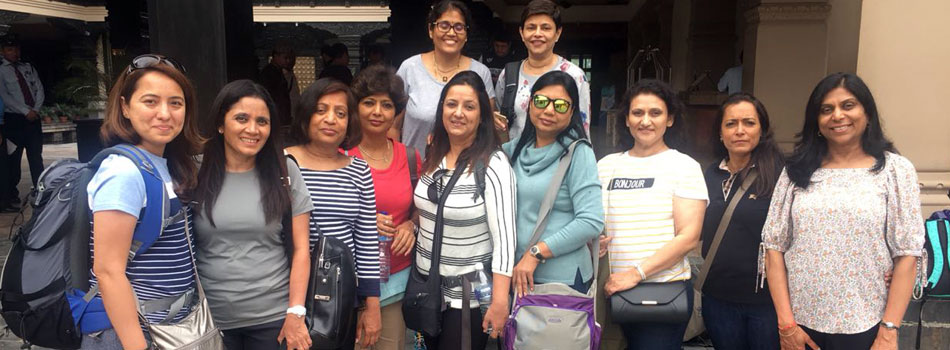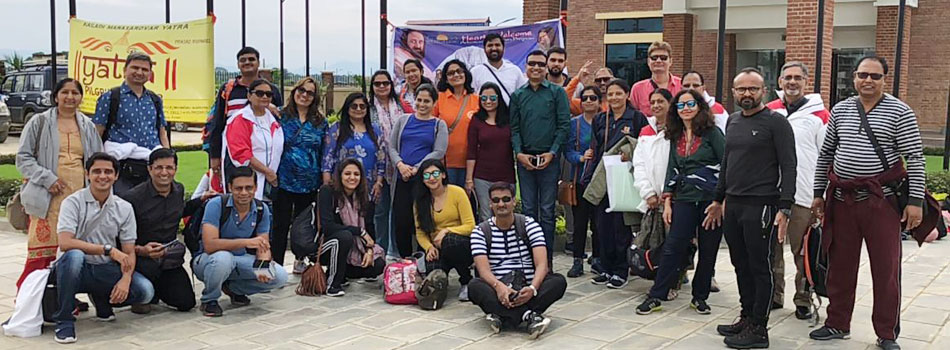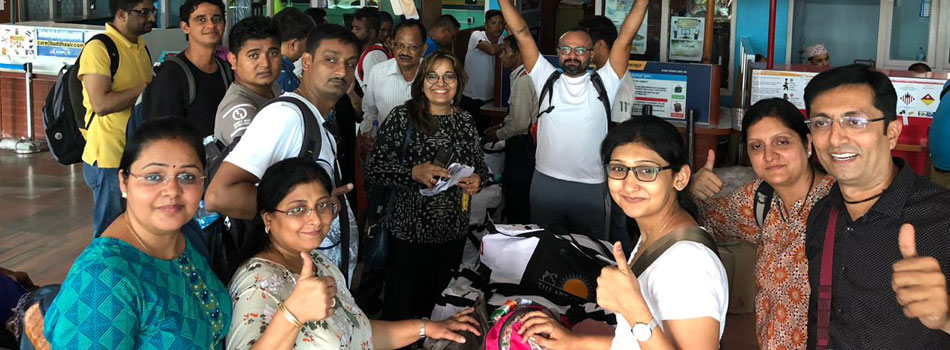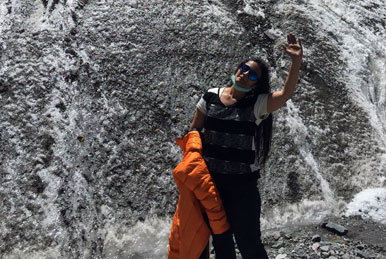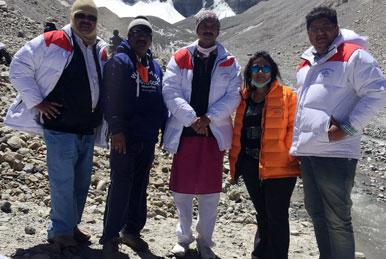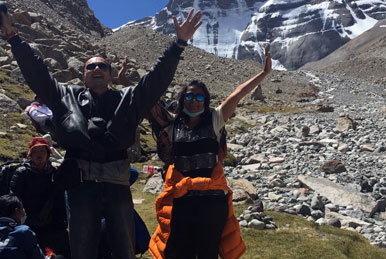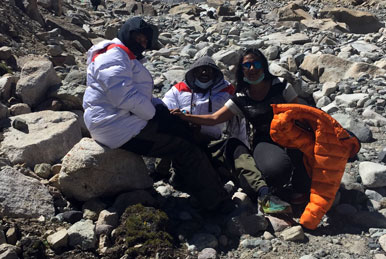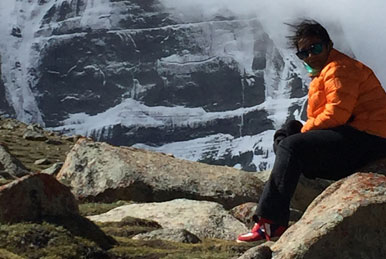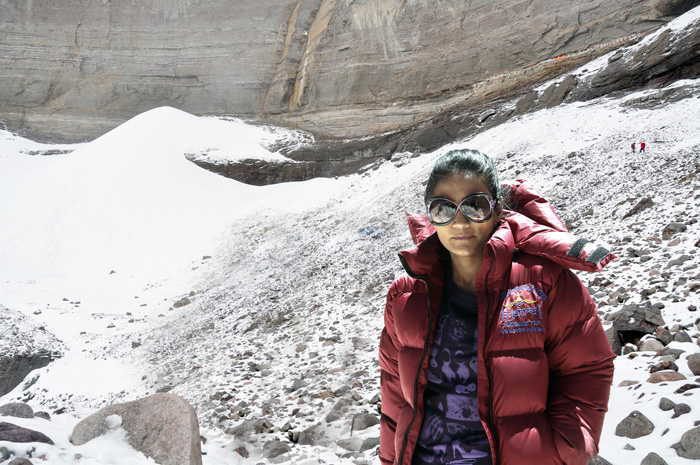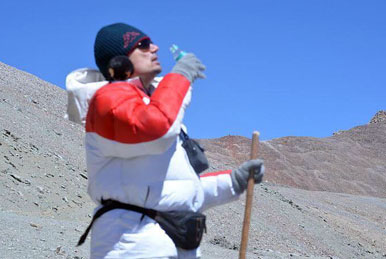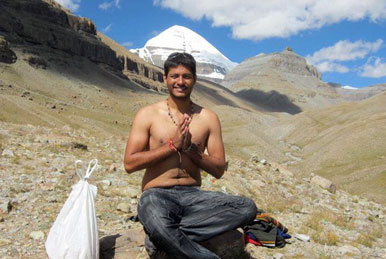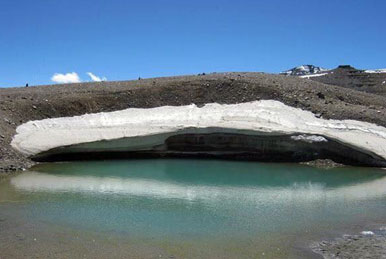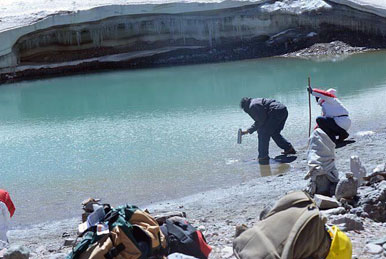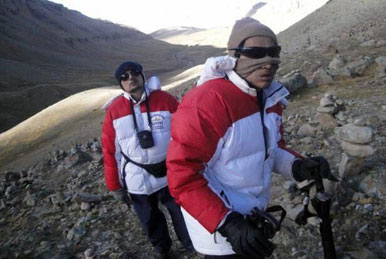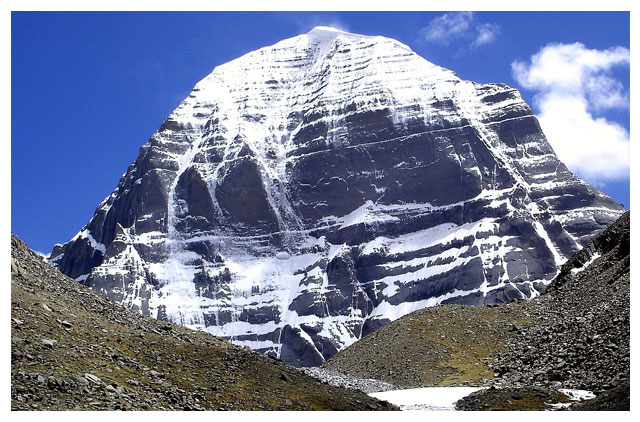
Yatra offers all aspirants this once in a lifetime opportunity to enter the revered abode of Lord Shiva at Kailash and punctuate their lives with contentment and bliss.
PASHUPATINATH TEMPLE
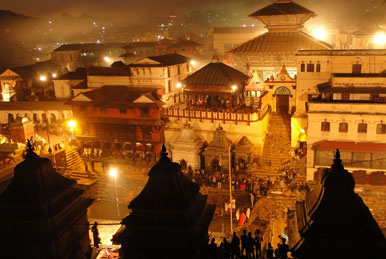


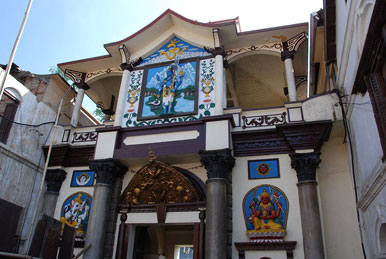
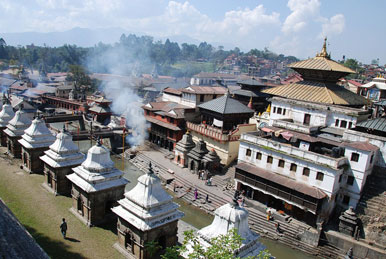
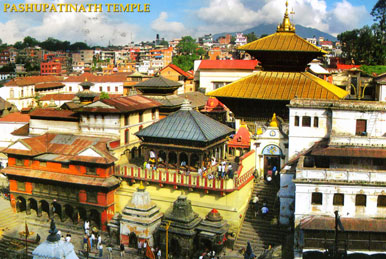
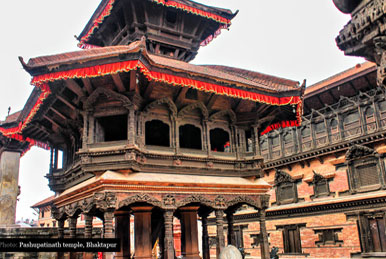







Pashupatinath Temple is one of the most significant Hindu temples of Shiva in the world, located on the banks of the Bagmati River in the eastern part of Kathmandu, the capital of Nepal. The temple serves as the seat of the national deity, Lord Pashupatinath. The temple is listed in UNESCO World Heritage Sites list. The temple is one of the 275 Paadal Petra Sthalams (Holy Abodes of Shiva) on the continent. Over the past times, only born Hindus were allowed to enter the temple. Others could look at it from other side of the river. However, the norms have been relaxed due to many incidents. If the individual is destined, he/she takes and completes the journey to reach these footsteps without any resistance or obstructions along the way, is believed to be under loving grace of Rudra. It is final stage of harsh penance. Thus, the slave (pasu - the human condition) becomes the master (pati - the divine condition). It is regarded as the most sacred among the temples of Shiva (Pashupati). Kotirudra Samhita, Chapter 11 on the Shivalingas of the North, in Shiva Purana mentions this Shivalinga as the bestower of all wishes.
GAURIKUND
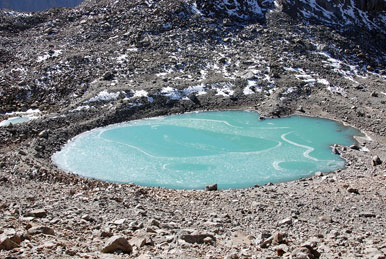
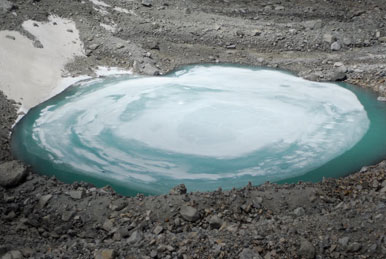
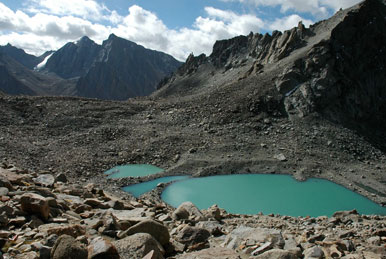

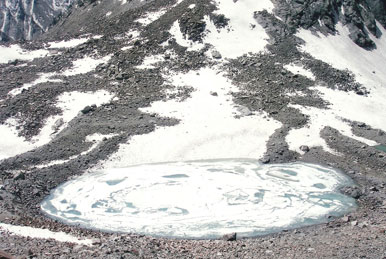
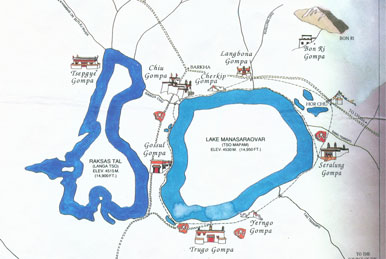
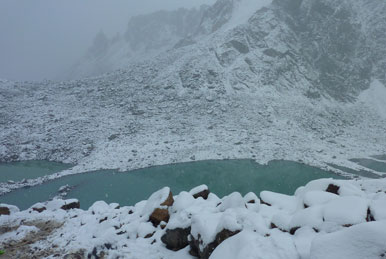







Gauri Kund, a water body that is also known as the Lake of Compassion, lies on the way while Siwasthalgoing on downwards from Dolma - La (Dolma Pass). This steep descent from Dolma Pass is a wonderful lake which is at an altitude of 5608m. As per Hindu mythology, there is a fascinating tale about Gauri Kund and has been described in legend “Shiva Purana”. The lake is also famous as “Parvati Sarovar” as this was the place where goddess Parvati had acquired her son Ganesha (Elephant headed God). Goddess Parvati had formed an image of Ganesh from the soap lather on her body and breathed life into it. She placed Ganesha at the entrance of her home as her janitor to prevent anyone from entering while she was bathing. Now Lord Shiva happened to return at this point of time and was stopped by Ganesha. Offended by this disrespectful act from Ganesha, Lord Shiva cut off the boy's head. Pravati was grief-stricken by seeing it and insisted that the boy needs to be brought back to life. Lord Shiva took the head of a wandering elephant and placed it on the body and life was restored and Parvati had her son back.
RAKSHAS TAL
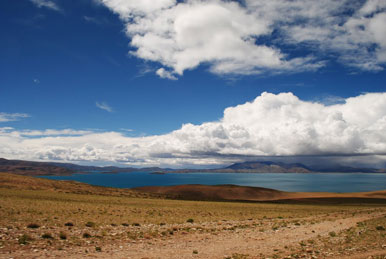
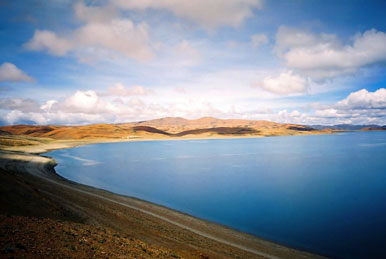
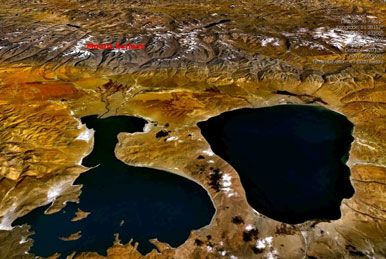
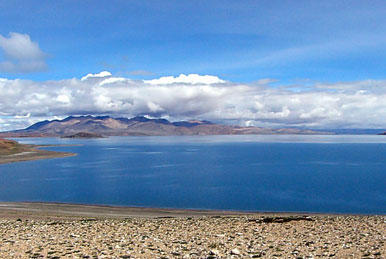










Lake Rakshastal is a lake in Tibet, lying just west of Lake Manasarovar and south of Mount Kailash. [1] The Sutlej River originates at Rakshastal's northwestern tip. Despite its close proximity to Lake Manasarovar (about 3.7 kilometres or 2.3 miles), Lake Rakshastal does not share the historic religious significance of its eastern neighbor.
The name of the lake literally means "lake of the demon" in Sanskrit. It is also known as Ravana Tal, as it is considered to be the place of severe penance by Ravana, the demon-like egoistic King of Lanka in Hindu theology .
[2] In Buddhism, Lake Manasarovar, which is round like the sun, and Rakshastal, shaped as a crescent, are respectively regarded as "brightness" and "darkness". Its salty water, in stark contrast to the fresh water of Lake Manasarovar, results in there being no aquatic plants or fish, and is considered poisonous by locals.
There are four islands in Rakshastal, named Topserma (Dose), Dola (the two biggest), Lachato (Nadzhado), and Dosharba.[3] The islands are used by local people as winter pastures for their yaks.
POOJA AT MANSAROVAR

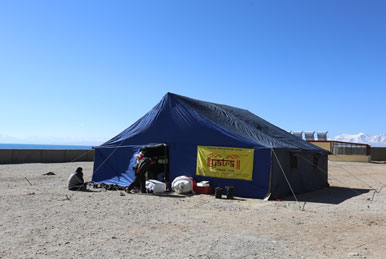












All the yatris wake up early morning and start preparing for the much awaited Homa Puja. In front was the Manasarovar Lake and to the left side we could see Mount Kailash and that was the only mountain to be seen there and to our right was Mount Gurla Mandhatha. The sight was amazing and beautiful so very grand, pristine, and majestic, awe inspiring there HE stood with the blue sky in the background with ITS white peaks. The whole place was so beautiful, serene and peaceful.
YAM DWAR
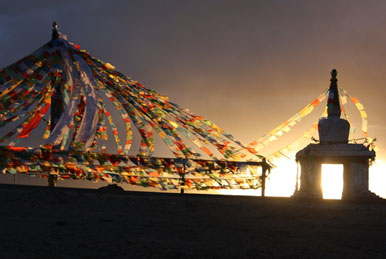
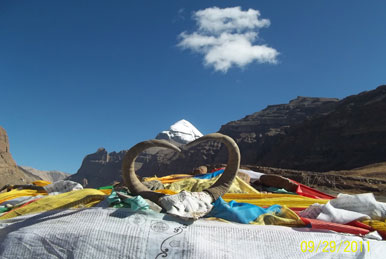
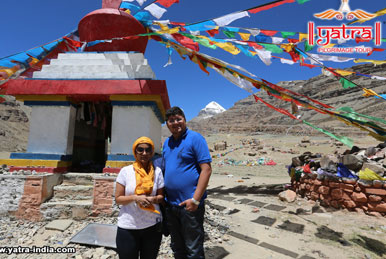
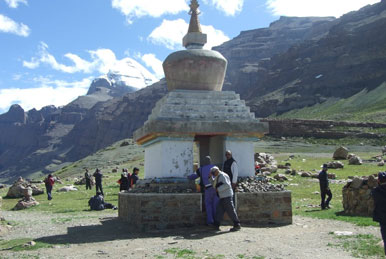
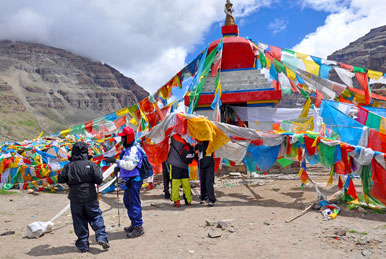









Yam Dwar is situated in Tarboche which is approximately 30 minutes drive from Darchen. The exact meaning of the Yam Dwar in Hindi lingo is “the gateway of the God of Death”. It is the initial point of circumambulation of Mount Kailash. Known as Chorten Kang Ngyi which means two legged Stupa in Tibet.
ASHTAPAD

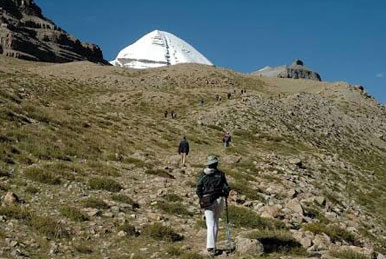
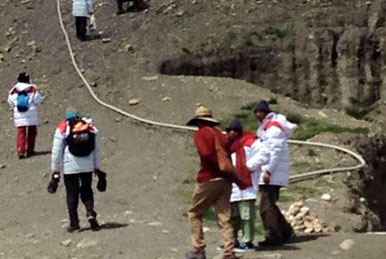
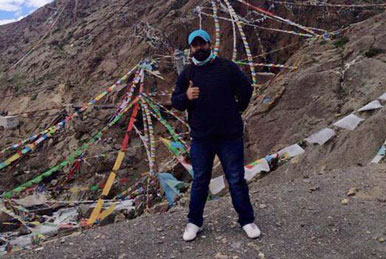


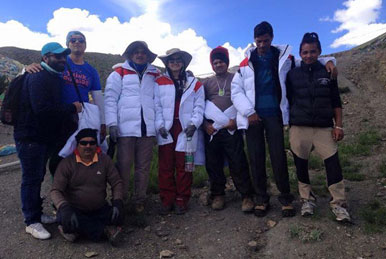









Location at a height of 17000ft, asthapad is the bottom of mt. kailash and one of the main holy places for the hindus and buddhists . It is also considered a major jain tirths as the first of the 24 jain tirthankara "shri adinath bhagwan" had attained salvation (nirvana) at this place. The literal meaning of siwasthal asthapad is "eight steps" as astha means eight and pad means steps in sanskrit and that"s how the place derived its name.
IMPORTANT LOCATIONS









KAILASH MANSAROVAR YATRA
FIND US ON FACEBOOK
VIDEO CHANNEL



